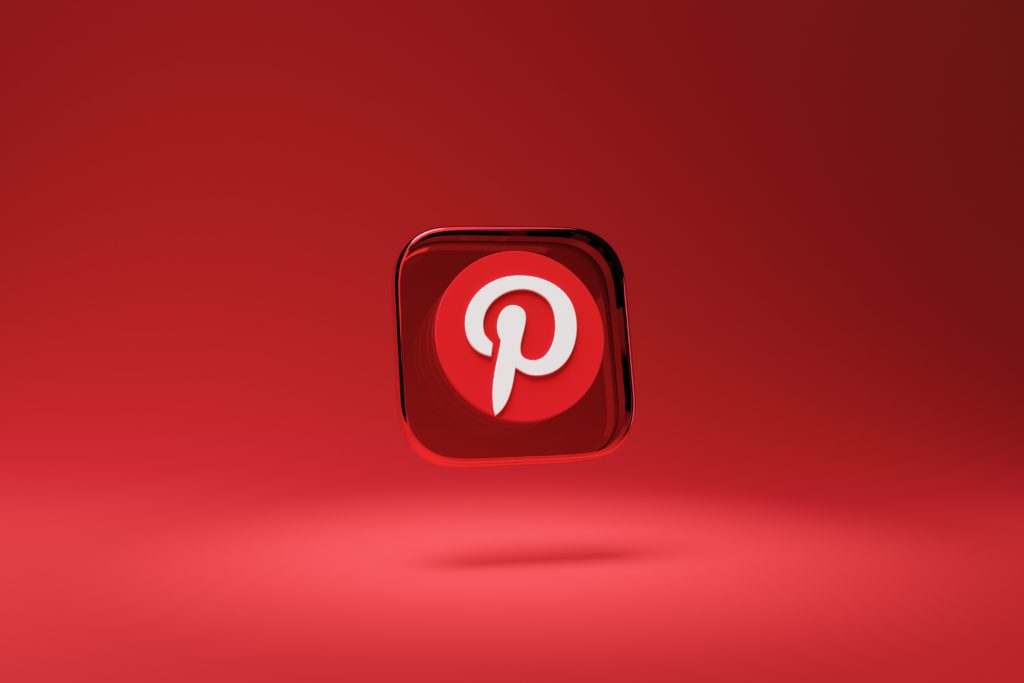Pinterest’s 450 million monthly active users make it a powerful platform for visual public relations campaigns. As a visual discovery engine where 97% of searches are unbranded, Pinterest provides unique opportunities for brands to connect with audiences through compelling imagery and strategic storytelling. PR professionals can tap into Pinterest’s planning-focused mindset, where users actively seek inspiration and ideas for future projects, purchases, and lifestyle changes.
5WPR Insights
Creating Strategic Pinterest Boards for PR Success
Pinterest boards serve as curated collections that tell your brand’s story. When planning your board strategy, start by identifying your core PR messages and brand pillars. Create dedicated boards that align with these themes while meeting your audience’s interests and search behaviors.
The most effective boards follow a clear organizational structure. Rather than creating a single board with all your content, break topics into specific categories. For example, a sustainable fashion brand might create separate boards for “Eco-Friendly Fashion Tips,” “Behind the Scenes: Sustainable Production,” and “Style Inspiration: Conscious Fashion.”
Board names should be clear and searchable, incorporating relevant keywords naturally. Pinterest’s own data shows that boards with descriptive, keyword-rich names receive more visibility in search results. For instance, “Summer Wedding Guest Outfit Ideas” performs better than simply “Wedding Fashion.”
Consider the visual flow of your boards as well. Arrange pins within each board to create a cohesive visual story. Start with attention-grabbing hero images at the top, and maintain consistent color schemes and styling throughout. According to Pinterest Business data, boards with visually consistent pins see 32% higher engagement rates.
Developing a Visual Content Strategy
Your visual content strategy forms the foundation of your Pinterest PR efforts. High-quality, original imagery should be at the core of your approach. Pinterest reports that original content receives 6x more engagement than repinned content.
When creating pins, focus on clear, bright images that stand out in Pinterest’s feed. The platform recommends using a 2:3 aspect ratio (1000 x 1500 pixels) for optimal display. Avoid cluttered compositions – simple, focused images perform best.
Video pins have become increasingly important, with Pinterest reporting a 240% year-over-year increase in video uploads. Keep videos concise and captivating in the first few seconds. The platform’s data shows that videos between 15-30 seconds see the highest completion rates.
Text overlay on pins should be minimal and readable. Use clear fonts and ensure text takes up no more than 30% of the image. When including text, focus on value propositions or clear calls-to-action that complement rather than dominate the visual.
Branded Visual Guidelines for Pinterest
Maintaining consistent branded visuals helps build recognition and trust with your audience. Develop clear guidelines for how your brand appears on Pinterest, including color palettes, typography, logo usage, and image styles.
Create branded templates for different types of pins to maintain consistency while scaling content production. These templates should be flexible enough to accommodate different content types while keeping your visual identity intact.
When featuring products or services, show them in context rather than isolated product shots. Pinterest users respond better to lifestyle imagery that demonstrates how items fit into their lives. According to Pinterest Business statistics, lifestyle images see 170% higher click-through rates than traditional product photography.
Mapping and Leveraging Pinterest Trends
Pinterest Trends provides valuable insights into what users are searching for and saving. Use this tool to identify emerging topics and plan content that aligns with user interests. The platform’s trend data typically predicts mainstream trends 6-12 months before they peak.
Monitor seasonal trends and plan content accordingly. Pinterest users typically start searching for seasonal content up to 45 days before major events or holidays. Create and schedule content that anticipates these search patterns.
Track competitor boards and industry trends to identify gaps and opportunities. Look for underserved topics or unique angles within your niche. Pinterest’s trend data shows that early adopters of emerging trends see significantly higher engagement rates.
Optimizing Pins for Search and Engagement
Pinterest functions as a visual search engine, making SEO crucial for success. Start with keyword research using Pinterest’s search suggestions and trending topics. Incorporate relevant keywords naturally into pin titles, descriptions, and board names.
Write detailed, helpful pin descriptions that provide context and value. While keeping descriptions under 500 characters, include relevant keywords and clear calls-to-action. Pinterest’s algorithm favors pins with complete, well-written descriptions.
Use hashtags strategically, limiting them to 3-5 per pin. Focus on specific, relevant hashtags rather than broad terms. Pinterest’s data indicates that hashtags can increase reach by up to 20% when used appropriately.
Measuring Campaign Success
Track key metrics through Pinterest Analytics to evaluate campaign performance. Focus on:
- Impression growth
- Engagement rates
- Click-through rates
- Saves and repins
- Website traffic from Pinterest
- Audience growth and demographics
Set benchmark metrics for each campaign and monitor performance regularly. Pinterest Business reports that campaigns typically need 2-3 months to show meaningful results due to the platform’s discovery-focused nature.
Conclusion
Success on Pinterest requires a strategic approach to visual storytelling, consistent branding, and trend awareness. Start by establishing clear board strategies and visual guidelines. Create high-quality, original content that serves your audience’s needs while maintaining brand consistency. Stay attuned to trends and optimize your content for Pinterest’s search ecosystem.
To begin implementing these strategies, first audit your current Pinterest presence. Evaluate your boards, pins, and performance metrics. Develop a content calendar that aligns with Pinterest trends and user behavior patterns. Most importantly, maintain consistency in both posting schedule and visual presentation to build long-term engagement with your audience.
Remember that Pinterest success builds over time. Focus on creating valuable, visually appealing content that serves your audience’s needs while supporting your PR objectives. Monitor your analytics regularly and adjust your strategy based on performance data to continually improve your results.

More PR Insights
How To Create And Maintain A Consistent Brand Voice Across Your Organization
The PR Strategy Behind Employee Spotlights: A Guide to Building Your Brand Through People
How Can I Use Gifs And Loops To Increase Email Click-through Rates?